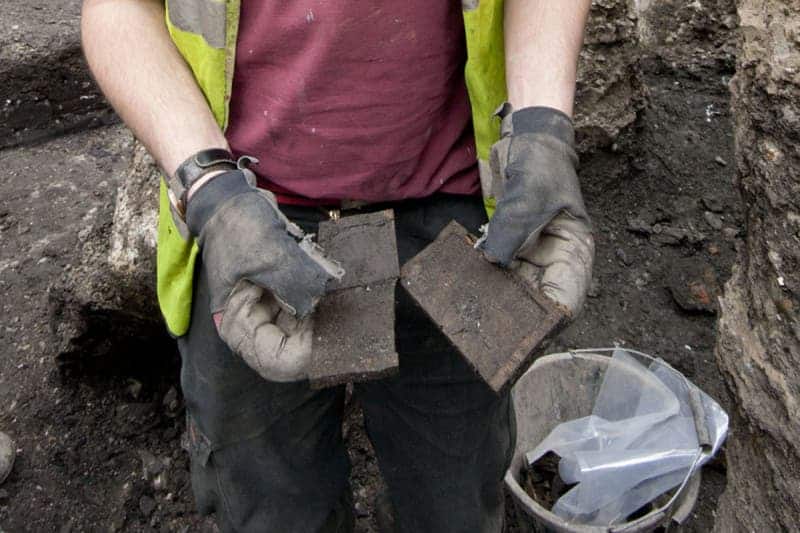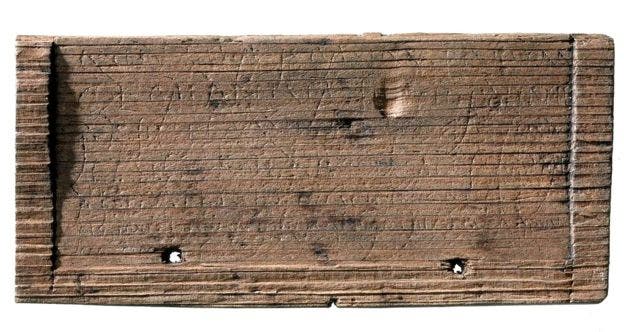Several tablets from the Roman Age have been uncovered and analyzed following excavation in London, including the oldest hand-written document ever found in Britain and the first ever reference to London.
If you ask me, British archaeology is going through a second golden age. They’ve discovered “the British Pompeii,” long-lost Roman roads, 8,000-year old wheat, and learned so much more about Stonehenge. Now, researchers from the Museum of London Archaeology (MOLA) are adding even more to that list, finding wooden tablets with handwriting on them, including the first ever reference to London, financial documents and hint at the first schools in the city. In total, over 400 tablets were uncovered and 87 have already been deciphered.
The tablets reveal much about the lives of early Londoners
“It’s exceptional, really wonderful,” says Michael Speidel, at the Mavors Institute for Ancient Military History in Basel, Switzerland. “Looking at things in the past is usually a bit like glaring into a fog and we can’t really see beyond. With documents like this, the fog clears away a bit.”
“It’s the first generation of Londoners speaking to us,” she said.
The earliest mention of London
Dated to 65/70-80 AD, the tablet reads “Londinio Mogontio” which translates to “‘In London, to Mogontius”. This predates the previous earliest mention, Tacitus’ mention of London in his Annals, by more than 50 years.
Earliest readable tablet
The tablet was found in a layer which MOLA archaeologists have dated to AD 43-53, so it’s from the first stage of the city, before it was destroyed by the celts and then rebuilt. The tablet is an annoyed note:
“…because they are boasting through the whole market that you have lent them money. Therefore I ask you in your own interest not to appear shabby… you will not thus favour your own affairs….”
Evidence of schooling
The letters on this tablet are a part of the alphabet: “ABCDIIFGHIKLMNOPQRST”. Archaeologists believe it is a demonstration of literacy used in early schooling.
The London Mithraeum exhibition will open at the site in autumn 2017.














